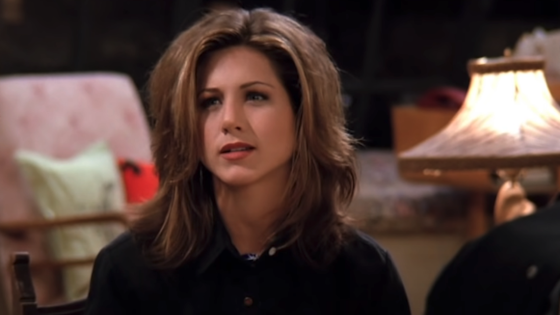TOPEKA (KSNT) – An aquatics expert with Kansas State University is weighing in on the imminent reintroduction of a species that hasn’t called the state home for more than 30 years.
27 News first learned the Kansas Department of Wildlife and Parks (KDWP) was planning to bring the alligator snapping turtle back to the state’s waters in early June. Interest among the public regarding this species being brought back to Kansas has been high, to the point where the KDWP created one-stop-shop on its website to help explain how the process will work.
K-State fisheries and aquatics specialist Joe Gerken commented on the reintroduction efforts in a recent publication from the university on July 19. He recognizes the concerns many Kansans have on the issue considering the size and intimidating appearance of the turtles.
Gerken said the reintroduction shouldn’t be a major cause of concern for many Kansans as the turtles actually provide many benefits for the environment. The last one spotted in the wild happened in 1991, making it 33 years since officials have confirmed a sighting of the species.
Kansas health officials issue ‘high-risk warning’ for West Nile Virus
“These are big turtles,” Gerken said. “Many people have probably seen common snapping turtles. Well, alligator snapping turtles are like their big cousins. They grow to about twice the size and live for 70 or 80 years. They have these distinct ridges along their back. They look like big, intimidating animals.”
Many turtles will try to flee if a human comes close and doesn’t pose a threat. Alligator snapping turtles have a preference for large rivers and lakes over small ponds which typically contain red-eared sliders and common map turtles. These turtles help keep their local waterways clean of debris and decaying materials.
“Mostly what they’re eating is dead matter, decaying detritus (trash or debris),” Gerken said. “A larger percentage of their diet is vegetarian based. They feed on dead animals in the pond. And so they keep the pond clean, which improves the water quality and keeps the environment healthy for the fish in that pond.”
One of the bigger issues Gerken has seen so far includes worries about the alligator snapping turtles eating fish. However, this shouldn’t be a problem.
“The main concern I hear from people is that they worry that these turtles will eat the healthy fish and cause their population to decline,” Gerken said. “But that’s not what’s happening. Mostly what they’re eating is dead matter. They’re eating sick fish, or dying fish, and getting rid of pathogens that could be spread if we allow those animals to stay in the water.”
Blue catfish harvest regulations change in Kansas
The KDWP plans to put alligator snapping turtles back in their historic range in Kansas which consists of the Neosho and Verdigris Rivers in Lyon County as part of their Aquatic Species Recovery Plan. The turtles may be reintroduced in the fall of 2024. For more information on the program and plans to reintroduce the turtles to Kansas, click here.
For more Kansas Outdoors, click here. Keep up with the latest breaking news in northeast Kansas by downloading our mobile app and by signing up for our news email alerts. Sign up for our Storm Track Weather app by clicking here.
Follow Matthew Self on X (Twitter): https://twitter.com/MatthewLeoSelf
Copyright 2024 Nexstar Media, Inc. All rights reserved. This material may not be published, broadcast, rewritten, or redistributed.
For the latest news, weather, sports, and streaming video, head to KSNT 27 News.
Source Agencies


